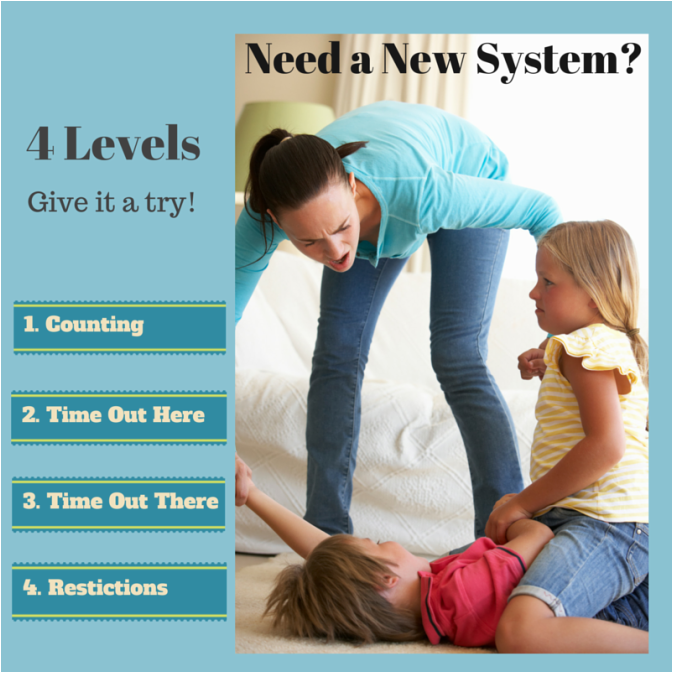 When I first became a therapist, I worked in a handful of hospitals, day treatment centers and school settings that implemented behavior modification systems. I think it is just as important to notice what works as well as pick up on why a system might not be effective. In my experience, it is important to have a system that is balanced. One that looks at stopping negative behavior all the while shaping positive behavior that you want to see. Systems that focus on praise alone will miss the opportunity of teaching a child self discipline and natural consequences. Reflectively, systems that focus on punishing negative behavior or discipline alone miss the chance to build up the child and help him strive for positive behavior. Avoiding punishment is not the same as an internalized locus of control. Behavior Plan Part 1: Stop the Negative Behavior: |
AuthorThese blog entries are written by our very own clinicians. When inspiration hits, another entry will be logged. Get Blog UpdatesWhat is an RSS FEEDER? If you click on the RSS Feeder, anytime a new blog entry is added to the website, you will be automatically notified of it. The only thing you need to do is get an RSS READER app. Chances are, if you click on the RSS Feeder, and you do not have a reader, it will take you directly to the app store so you can install one. It takes 60 seconds to get set up for auto notifications of new blogs sent directly to you!
Archives
May 2021
Categories
All
|
 RSS Feed
RSS Feed